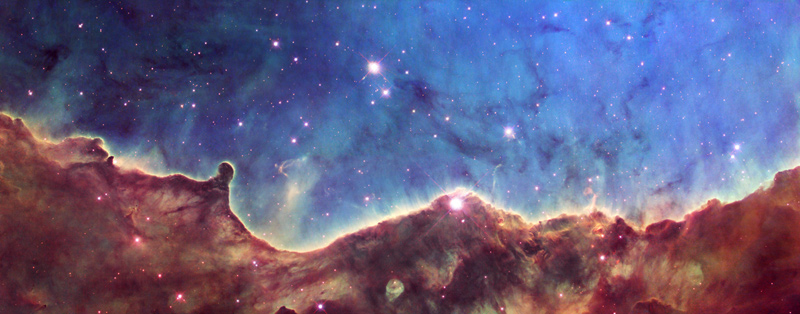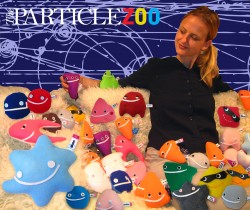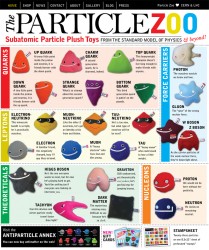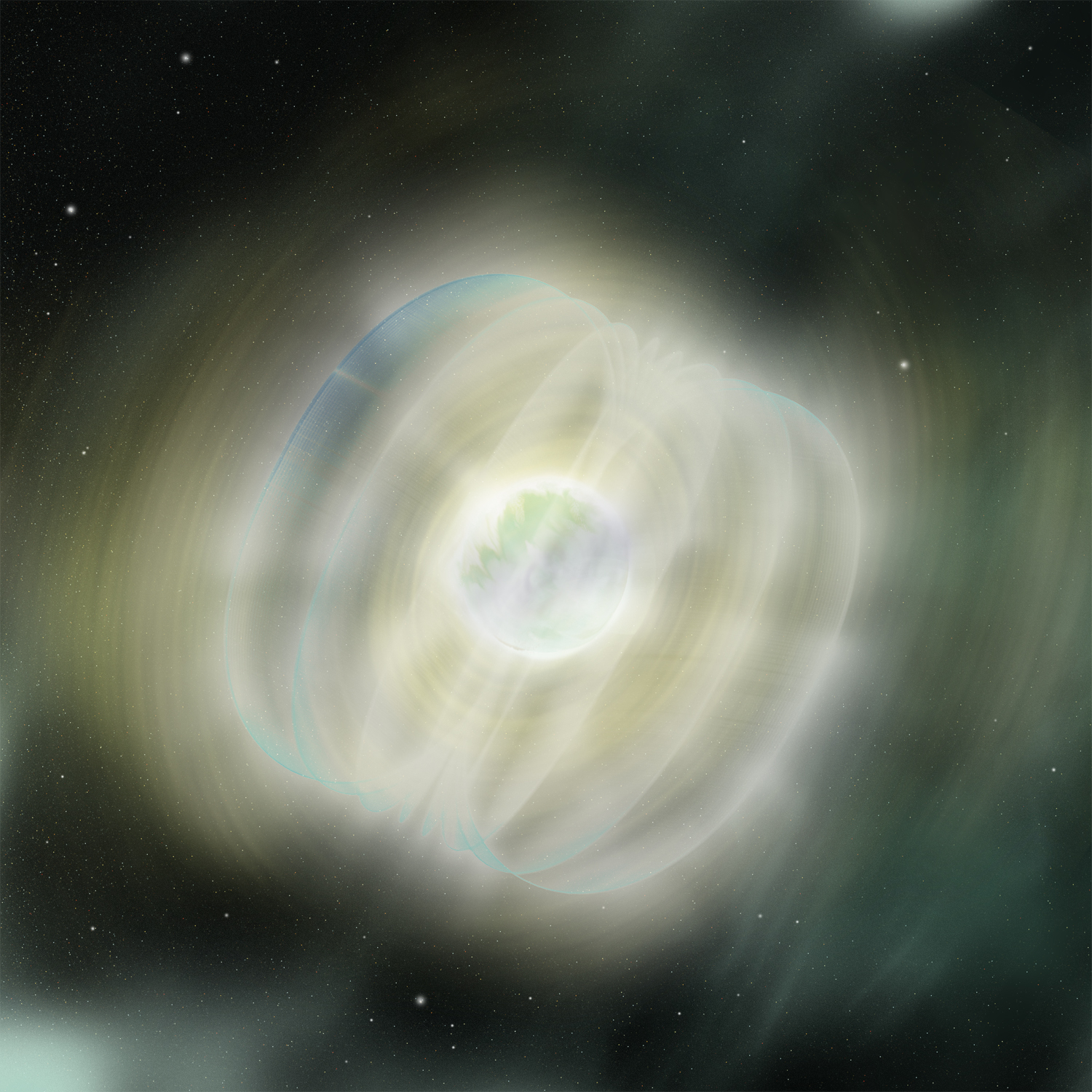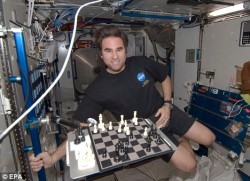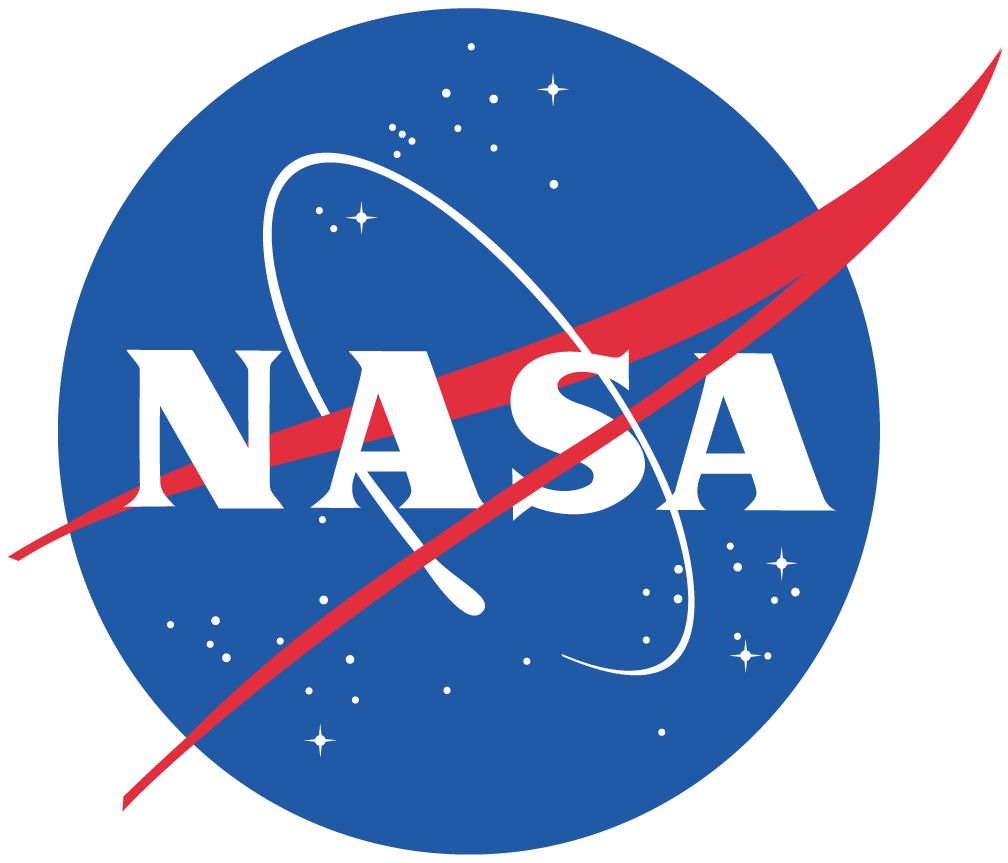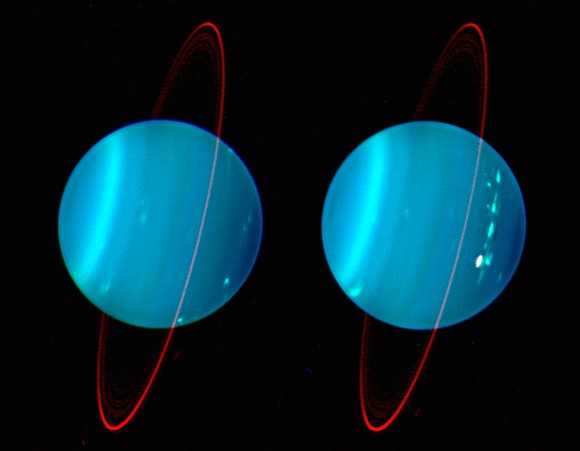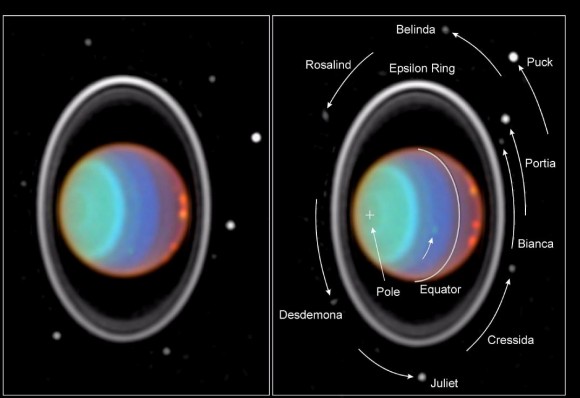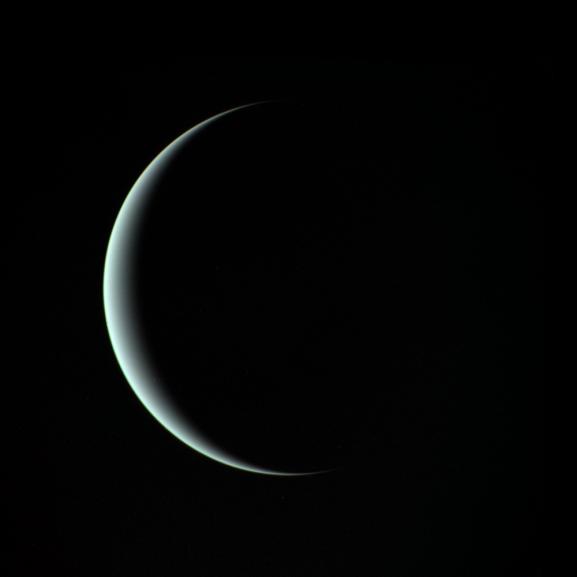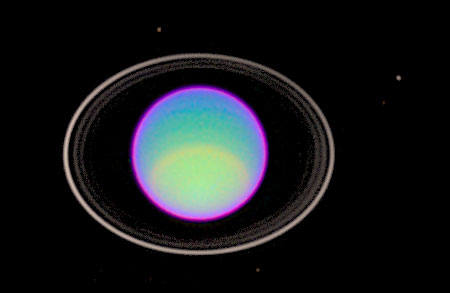[/caption]
Here’s another anniversary for you and more fodder to either ease or add to your Hubble “angst”: Ten years ago, the Hubble Heritage Project began. What is Hubble Heritage? After the Hubble Space Telescope was fixed of its spherical aberration problem in December of 1993, HST started churning out incredible images. After a few years, the images started to pile up, and the astronomers working with Hubble wanted to share them with the public. So with the Hubble Heritage Project, each month, some of the most breathtaking and attractive images are released and showcased to the public. Along with the images, the astronomers explain the science behind the images, as well. Over the past ten years of doing this, the Heritage team has presented to the public aesthetic images that present the universe from an artistic perspective. Its science as art, and these images are some of the most gorgeous “real” art available anywhere. To celebrate the 10th anniversary of this project, above is the latest release. So while we await the fate of Hubble, enjoy this latest release!
This month’s three-dimensional-looking Hubble image shows the edge of the giant gaseous cavity within the star-forming region called NGC 3324. The glowing nebula has been carved out by intense ultraviolet radiation and stellar winds from several hot, young stars. A cluster of extremely massive stars, located well outside this image in the center of the nebula, is responsible for the ionization of the nebula and excavation of the cavity.
The image also reveals dramatic dark towers of cool gas and dust that rise above the glowing wall of gas. The dense gas at the top resists the blistering ultraviolet radiation from the central stars, and creates a tower that points in the direction of the energy flow. The high-energy radiation blazing out from the hot young stars in NGC 3324 is sculpting the wall of the nebula by slowly eroding it away.
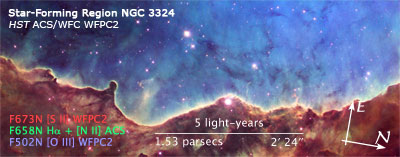
Located in the southern hemisphere, NGC 3324 is at the northwest corner of the Carina Nebula (NGC 3372), home of the Keyhole Nebula and the active, outbursting star Eta Carinae. The entire Carina Nebula Complex is located at a distance of roughly 7,200 light-years, and lies in the constellation Carina.
This image is a composite of data taken with the Advanced Camera for Surveys (ACS) and the Wide Field Planetary Camera 2 (WFPC2).
The Hubble Heritage Project, which began in October 1998, has released nearly 130 images mined from the Hubble data archive as well as a number of observations taken specifically for the project.
Source: Hubble Heritage , HubbleSite

